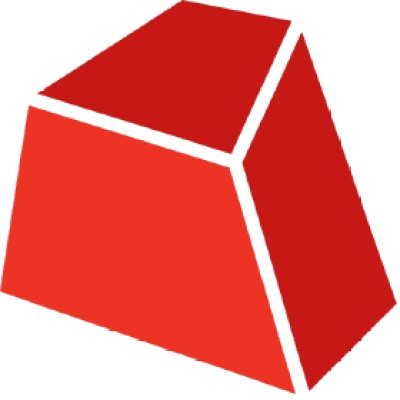
Tusk envisions a future where impeccable software quality is achieved through intelligent automation, empowering developers to innovate faster without compromising integrity. We are dedicated to transforming the way engineering teams ship software by embedding AI deeply into the testing lifecycle, making quality assurance an effortless and integral part of development.
Our mission is to eradicate the bottleneck of manual test generation by leveraging advanced language models and continuous integration insights to autonomously generate, verify, and maintain robust test coverage. By understanding both code and business context, our platform anticipates potential failures and edge cases, ensuring software resilience before deployment.
With Tusk, the future of software development is proactive and self-healing, where automated tests evolve alongside code changes seamlessly, freeing engineers to focus on creativity and delivering impactful solutions. We are building not just a tool but a new paradigm for accelerated, confident, and high-quality software delivery.
Our Review
We've been watching the AI coding space evolve rapidly, and Tusk caught our attention for doing something genuinely useful: automating the test writing that developers constantly put off. Instead of building another generic coding assistant, founders Marcel Tan and Sohail Kshirsagar focused on solving one specific pain point that every engineering team knows too well.
The Y Combinator-backed startup launched in 2023 with a clear mission—help teams ship faster without breaking things. That's harder than it sounds, especially when tight deadlines make comprehensive testing feel like a luxury rather than a necessity.
What Makes Tusk Different
Here's where Tusk gets interesting: it doesn't just generate tests and call it a day. The platform actually runs its own generated tests, catches errors, and fixes them automatically. We've seen plenty of AI tools that dump code and leave you to debug it yourself, so this self-healing approach feels refreshingly practical.
The context-awareness impressed us too. Tusk pulls in business logic from tools like Jira and Linear, then uses that information to create tests that actually make sense for your specific use case. It's not just pattern-matching against generic code examples—it's understanding what your software is supposed to do.
The Predictive CI Angle
Tusk's "predictive CI" concept caught our eye because it flips the traditional testing model. Instead of waiting for bugs to surface, the platform proactively hunts for edge cases using LLMs to red-team your code changes. Think of it as having a paranoid colleague who's really good at breaking things—except this one works 24/7 and doesn't need coffee breaks.
The one-click integration into pull requests is smart too. Engineers can review the generated tests and include them without disrupting their workflow, which matters more than you might think when you're trying to get buy-in from busy development teams.
Who Should Pay Attention
This isn't for everyone—Tusk clearly targets fast-growing tech companies with engineering leaders who care about test coverage but struggle to maintain it under pressure. If you're a solo developer or a small team without CI/CD pipelines, you're probably not the target audience.
But for engineering managers dealing with the eternal "we'll write tests later" problem, Tusk offers something compelling: a way to enforce quality without slowing down velocity. The early testimonials suggest teams are seeing real improvements in both coverage and confidence when shipping, which is exactly what you'd want from a tool like this.
Autonomous test generation, self-healing, and iteration
Seamless CI integration with one-click PR test inclusion
Context-aware test generation aligned with business logic and existing tests
Predictive CI using large language models to proactively red-team code
Generates verified unit and integration test cases including edge cases








